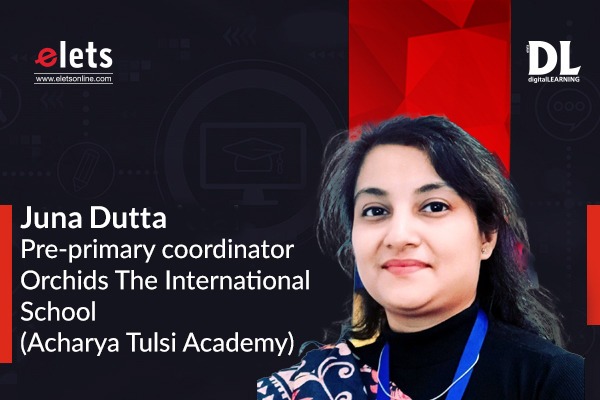Young children’s minds and bodies need proper stimulation for healthy growth and development, so it’s essential to keep them engaged in activities. Exercise keeps the body fit and promotes brain development. Creative activities boost your imagination, make you feel better, boost your self-confidence, and foster a sense of independence.
According to multiple kinds of research, a kid’s brain develops from 4 to 6 years which means kindergarten is the most critical stage for early learning. The kids start grasping things very fast, and it’s the best age to instill some good habits. Here are five learning activities that parents can undertake for their kindergarten kids.
Learning about shapes and building 3D shapes- Activities including geometric shape games will encourage children from ages 4 to 6 to see, recognize and name a circle, square, triangle, and rectangle. Using humble materials to build a 3-D shape, kids can begin to understand the things around them—from soccer balls to supermarkets and many more, helping them relate the shapes to real-life objects and identify them.
Importance of understanding shapes- Learning about shapes helps children identify and organise information visually, recognise signs and symbols and develop an awareness of the relationship between people, objects and the space around them.
DIY activities- Make them do some DIY activities such as making paper boats, and paper planes, mixing colours to get secondary colours, gift wrapping, and making cards to help unleash their creativity in them and gain endurance in the process of learning and discovery. Not only creativity and endurance, but DIY also helps in strategic thinking and optimizing resources to best fit difficult situations.
Importance of DIY activities for young kids- DIY encourages children to use many everyday skills to problem solve and think about tasks carefully and analytically, exploring potential outcomes. It exercises the mind, encouraging lateral and logical thinking, and choosing from a range of solutions. It also taps into children’s creativity enabling them to use their imaginations and put their artistic skills into practice.
Memory Game – Play Kim’s game. Place things on the tray (crayons, apples, building blocks, toy cars, etc.). Then watch, cover, remember, and check! Try talking, taking pictures, or writing about “events” that you’ve done together. Does your child remember the correct order? This can boost their memory power and can be an engaging activity for the kids.
Importance of Memory Games – Playing memory games can improve other brain functions, such as attention, concentration, and focus. Memory games give space to critical thinking and that helps children nurture their attention to detail. Memory games can improve visual recognition. With many memory games based on spotting differences, or linking two related images, children improve their visual discrimination. This will lead to an acceleration in distinguishing images from one and another.
Playful Mathematical Games & Puzzles – What can be better if a child can learn Math through play? You can play mathematics with an abacus, toys, and fruits. Through this game, children will learn to apply the mathematical operations of multiplication, division, addition, and subtraction.
Importance of Mathematical games & Puzzle- Math games provide a structure and process for children to engage in problem-solving in order to reach a particular goal or objective. Reaching that goal might be challenging, but the challenge is also what makes game-playing fun. Engaging in mathematical games can also encourage students to explore number combinations, place value, patterns, and other important mathematical concepts. Further, they afford opportunities for students to deepen their mathematical understanding and reasoning.
Label Mapping- This is the best way to teach the kids about Geography and the world. Seek out a wall map that clearly shows the borders of countries. Have your child place the labels from clothing, toys, and produce on their countries of origin.
Give them some space, have patience, and allow them to adapt to new things. Make sure that whatever you are teaching, your kid can teach you the same thing after a few days, and this is the best way to analyze their development.
Importance of Label Mapping- Labeling helps to create an environment that puts children at ease and contributes to self-directed learning. Labeling also helps children understand geographical demographics.
Views expressed by Juna Dutta, Pre-primary coordinator, Orchids The International School (Acharya Tulsi Academy)


























